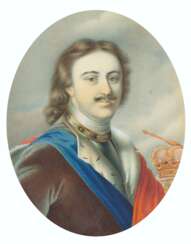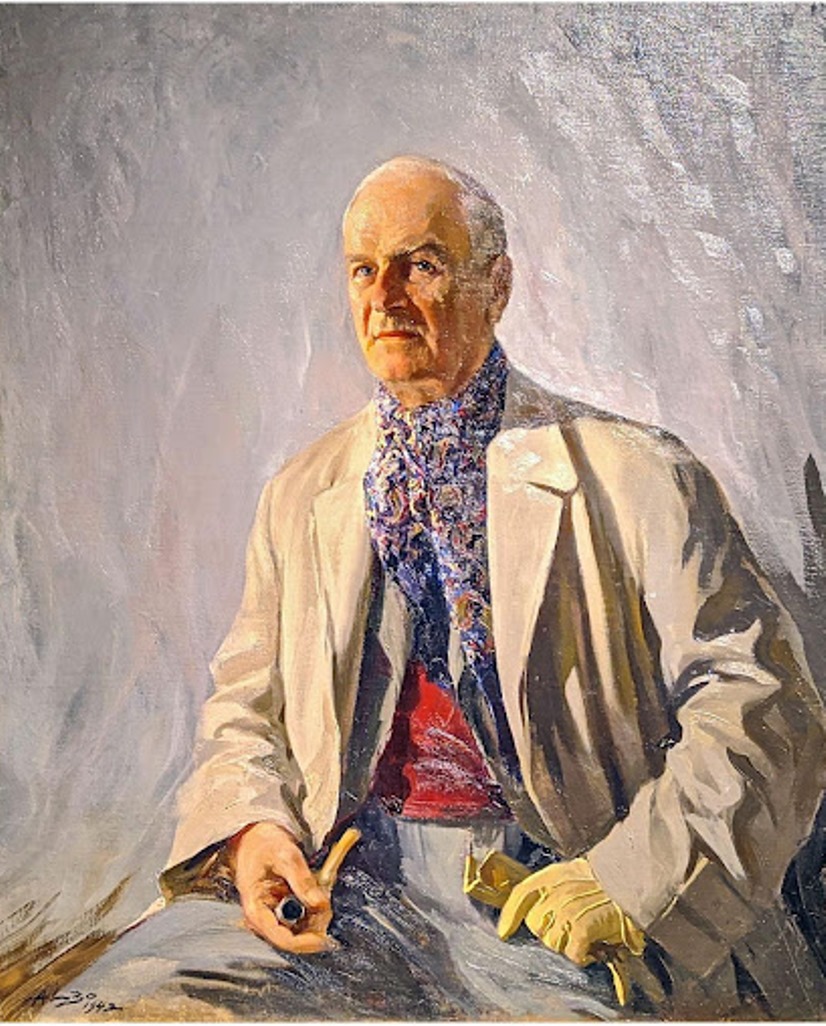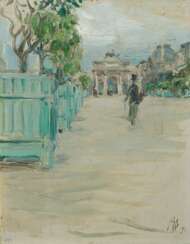
Russian Art
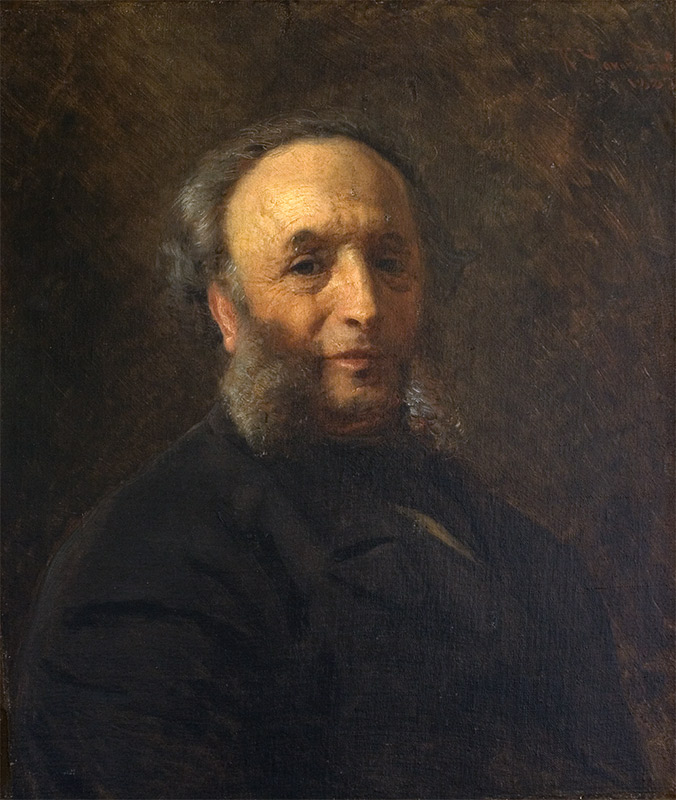
Ivan Konstantinovich Aivazovsky (Russian: Иван Константинович Айвазовский) was a Russian-Armenian painter, celebrated for his mastery in depicting seascapes. Born in 1817 in Feodosia, Crimea, Aivazovsky became one of the most renowned Russian artists of his time, with a career spanning over 60 years during which he created more than 6,000 paintings. His work is characterized by a profound understanding of the play of light on water, capturing the essence of the sea like no other artist of his era.
Aivazovsky's paintings stand out for their dramatic intensity and the emotional depth they evoke. He was particularly adept at illustrating the sea's many moods, from calm, serene waters to tumultuous storms. His ability to depict light, whether it be the tranquil glow of the moon on the water's surface or the fierce blaze of the sun setting over the ocean, was unparalleled. Among his most celebrated works are "The Ninth Wave" and "Among the Waves," both of which showcase his skill in portraying the sea's power and beauty. These masterpieces can be found in prestigious museums and galleries worldwide, including the State Russian Museum in Saint Petersburg and the Tretyakov Gallery in Moscow.
For collectors and experts in the realms of art and antiques, Aivazovsky's oeuvre represents a pinnacle of romantic landscape painting. His works are not only aesthetically magnificent but also embody a rich cultural and historical narrative, making them highly sought after in the art market. If you are passionate about the fusion of culture, art, and history embodied in painting, Ivan Konstantinovich Aivazovsky's works are a testament to the enduring allure of the sea and its many faces.
To stay informed about new product sales and auction events related to Ivan Konstantinovich Aivazovsky, we invite you to sign up for our updates. This subscription ensures you're always in the know about opportunities to add a piece of this legendary artist's legacy to your collection.
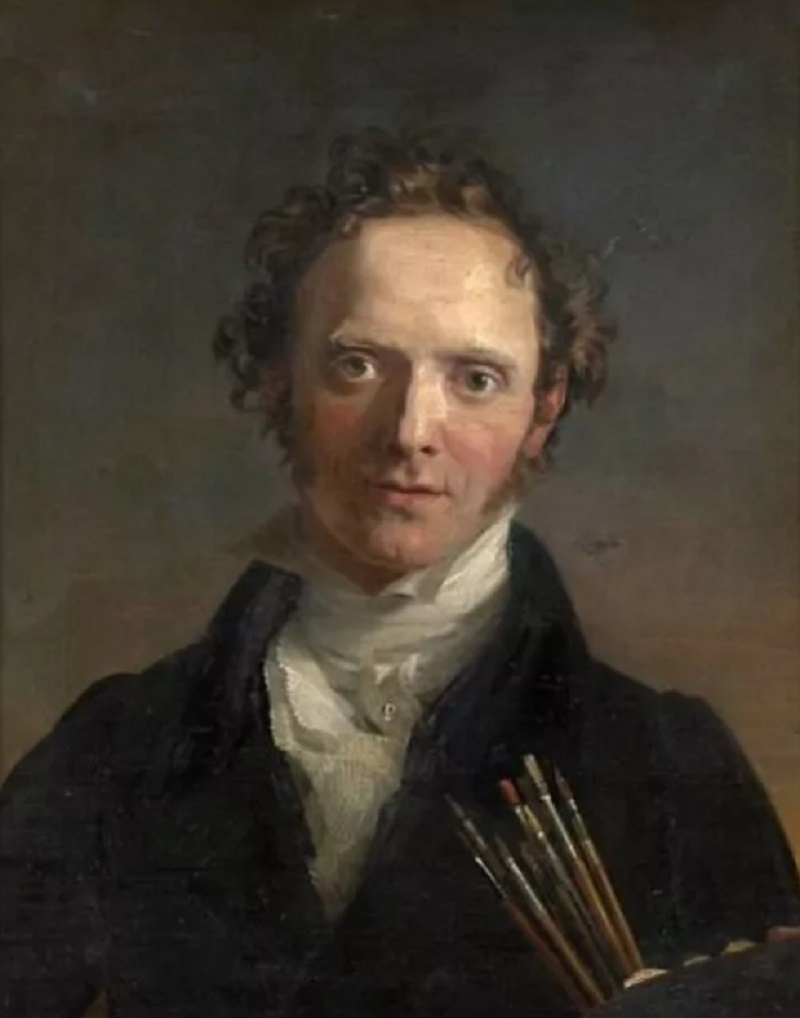
George Dawe was an English portrait artist, celebrated for his depictions of Russian military leaders. Born in 1781 in London, Dawe was a prodigy in engraving under his father's tutelage before shifting his focus to painting. He gained recognition at the Royal Academy of Arts and became a member in 1814.
Dawe's career reached international prominence when he moved to Saint Petersburg in 1819, following a commission from Tsar Alexander I. There, he created over 300 portraits for the Military Gallery at the Winter Palace, capturing the visages of Russia's elite during Napoleon's invasion. His works, praised for their historical value and artistic merit, are still displayed in the Hermitage Museum today.
Despite his death in 1829, Dawe's legacy persists, particularly in Russia, where he is regarded as a key figure in military portraiture. His works remain a significant part of cultural exhibitions and continue to attract scholars and art enthusiasts.
If you're fascinated by the rich history of art and the stories behind iconic portraits, consider signing up for updates on George Dawe. Stay informed about new sales and auction events that feature his masterful works. Your subscription will keep you connected to the world of historical art and its vibrant market.
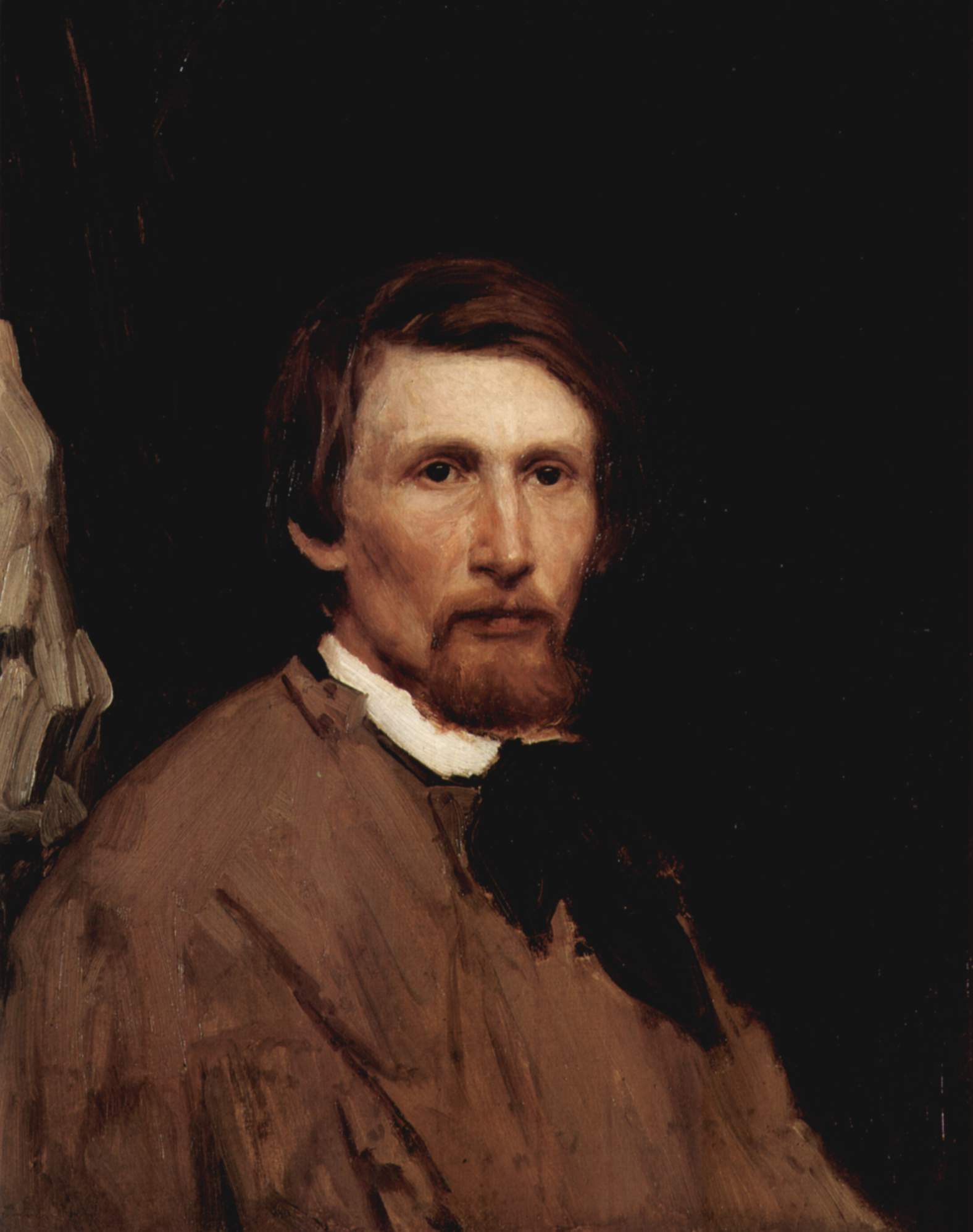
Victor Mikhailovich Vasnetsov (Russian: Виктор Михайлович Васнецов) was a seminal Russian artist, whose contributions to the world of art have left an indelible mark on cultural history. Born into a priest's family in 1848, Vasnetsov's journey into the realms of painting and sculpture was not just a pursuit of aesthetic beauty, but a mission to delve deep into the soul of Russian folklore and history. His works, characterized by their vivid storytelling and intricate detail, bridge the gap between the ethereal world of legends and the tangible reality of Russian cultural identity.
Vasnetsov's oeuvre is a testament to his versatility as an artist, spanning across genres from historical to mythological subjects. Among his most celebrated works are "The Bogatyrs" and "The Knight at the Crossroads," which not only showcase his mastery in painting but also reflect his deep engagement with the themes of heroism and destiny, central to Russian folklore. These masterpieces, housed in prestigious museums like the Tretyakov Gallery in Moscow, continue to captivate audiences with their compelling narratives and exquisite execution.
What sets Vasnetsov apart is not just his artistic skill, but his ability to encapsulate the essence of Russian culture and mythology in his work, making it an invaluable part of Russia's cultural heritage. His paintings are more than just visual spectacles; they are windows into the soul of a nation, narrating stories that have shaped the collective consciousness of the Russian people. For collectors and experts in art and antiques, Vasnetsov's works represent a confluence of historical significance and unparalleled artistic merit.
To stay abreast of the latest updates on sales and auction events featuring the works of Victor Mikhailovich Vasnetsov, we invite you to sign up for our updates. This subscription is tailored specifically for enthusiasts of culture, art, and antiques, ensuring you receive timely information on opportunities to add to your collection of valuable pieces.

Victor Mikhailovich Vasnetsov (Russian: Виктор Михайлович Васнецов) was a seminal Russian artist, whose contributions to the world of art have left an indelible mark on cultural history. Born into a priest's family in 1848, Vasnetsov's journey into the realms of painting and sculpture was not just a pursuit of aesthetic beauty, but a mission to delve deep into the soul of Russian folklore and history. His works, characterized by their vivid storytelling and intricate detail, bridge the gap between the ethereal world of legends and the tangible reality of Russian cultural identity.
Vasnetsov's oeuvre is a testament to his versatility as an artist, spanning across genres from historical to mythological subjects. Among his most celebrated works are "The Bogatyrs" and "The Knight at the Crossroads," which not only showcase his mastery in painting but also reflect his deep engagement with the themes of heroism and destiny, central to Russian folklore. These masterpieces, housed in prestigious museums like the Tretyakov Gallery in Moscow, continue to captivate audiences with their compelling narratives and exquisite execution.
What sets Vasnetsov apart is not just his artistic skill, but his ability to encapsulate the essence of Russian culture and mythology in his work, making it an invaluable part of Russia's cultural heritage. His paintings are more than just visual spectacles; they are windows into the soul of a nation, narrating stories that have shaped the collective consciousness of the Russian people. For collectors and experts in art and antiques, Vasnetsov's works represent a confluence of historical significance and unparalleled artistic merit.
To stay abreast of the latest updates on sales and auction events featuring the works of Victor Mikhailovich Vasnetsov, we invite you to sign up for our updates. This subscription is tailored specifically for enthusiasts of culture, art, and antiques, ensuring you receive timely information on opportunities to add to your collection of valuable pieces.
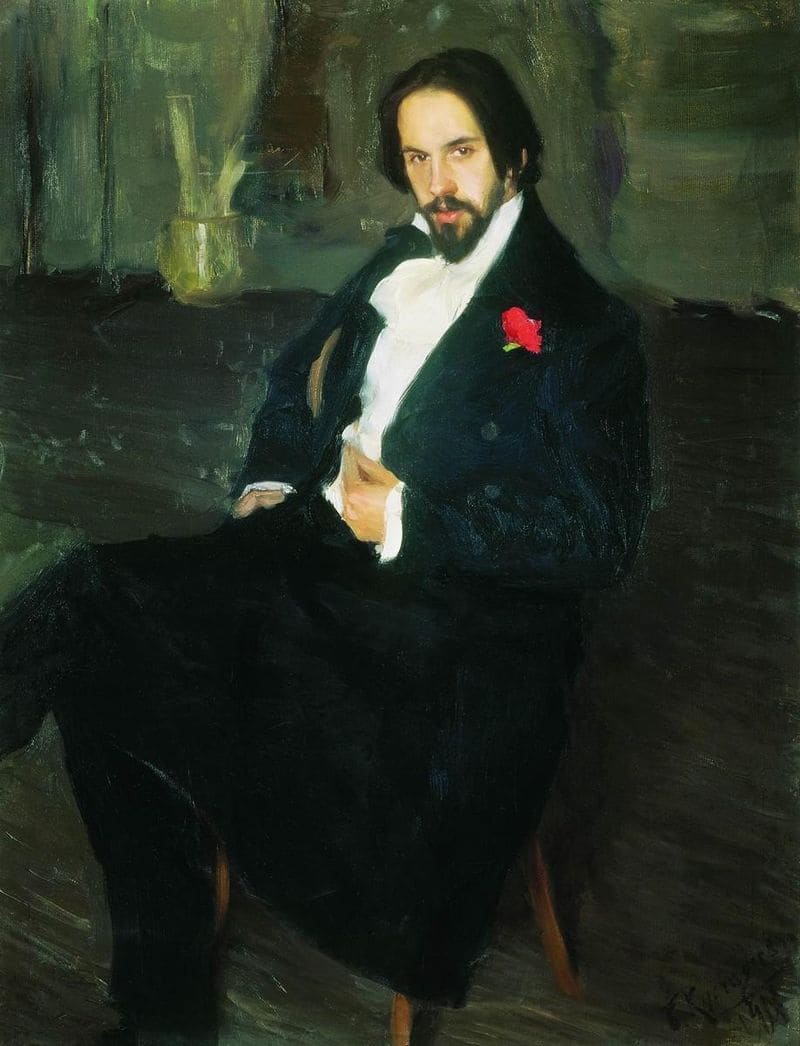
Ivan Yakovlevich Bilibin (Russian: Ива́н Я́ковлевич Били́бин) was a Russian illustrator, stage designer, and teacher, famed for his fairy tale illustrations and stage designs that drew heavily from Russian folklore and traditional art. Born in 1876 in St. Petersburg and passing away in 1942 during the Siege of Leningrad, Bilibin's career spanned a period of great change in Russia, from the pre-revolutionary times through to the Soviet era. His work is celebrated for its intricate detail, vibrant colors, and deep homage to Slavic myths and legends.
Bilibin's journey into the world of art and folklore began after his studies at the St. Petersburg University and the Munich art school. He was deeply influenced by Russian folklore, as well as modern French and Japanese art. This amalgamation of influences resulted in a unique style that made his work stand out. His illustrations for Russian folk tales, such as "The Frog Princess," "Vasilisa the Beautiful," and "Marya Morevna," are among his most celebrated works, encapsulating the essence of Russian narrative traditions.
Bilibin's career was not confined to illustration. He made significant contributions to the world of theater, designing sets for operas and ballets that further entrenched his reputation. His work took him beyond Russia, with periods spent in Egypt and France, where he continued to produce work for the Russian émigré and European communities. Despite the political turmoil of his time, Bilibin remained deeply connected to his roots, returning to Soviet Russia in 1936, where he continued his artistic and academic pursuits until his death in 1942.
For collectors and experts in art and antiques, Bilibin's works represent a bridge between the mystical past and the artistic innovations of the early 20th century. His legacy is preserved in museums and galleries worldwide, offering a glimpse into a world where folklore and art intertwine.
If you are keen to explore more about Ivan Yakovlevich Bilibin's remarkable contributions to art and folklore, consider signing up for updates. This subscription will keep you informed about new sales, auctions, and exhibitions related to Bilibin's work, ensuring you never miss an opportunity to engage with the magical worlds he created.
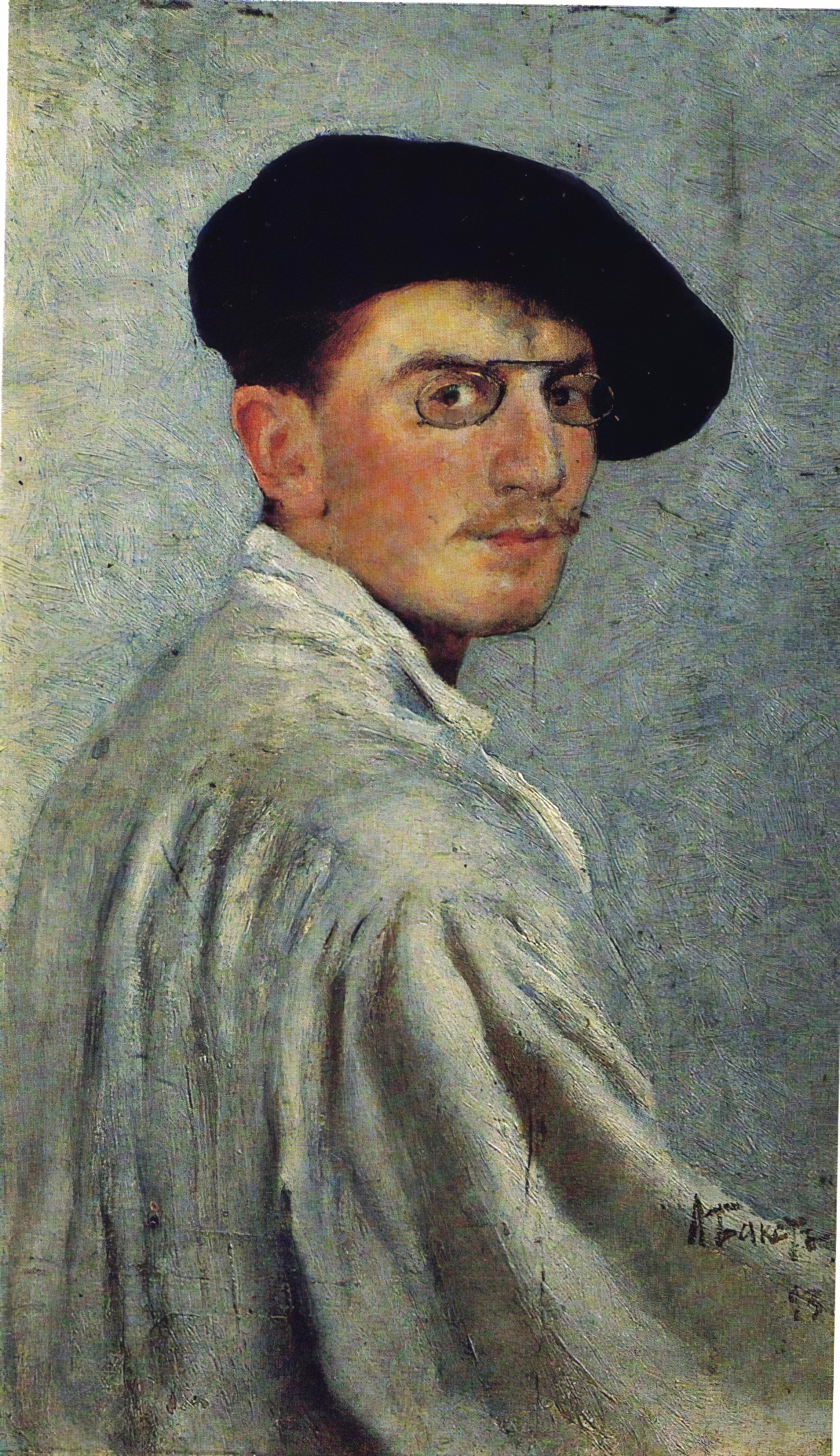
Leon Bakst (Russian: Лев Самойлович Бакст) was a prominent Russian painter and stage designer, celebrated for his innovative contributions to the world of art and theater. Born in the late 19th century, Bakst became a central figure in the cultural renaissance that swept through Russia and Europe, leaving an indelible mark on the visual and performing arts.
Bakst's work is distinguished by its rich use of color, intricate patterns, and imaginative compositions, which brought to life the exotic and often fantastical themes of the ballets and operas for which he designed. His association with the Ballets Russes, a groundbreaking ballet company that performed across Europe and America, solidified his reputation as a visionary artist. The costumes and sets he created for productions like "The Firebird" and "Scheherazade" were celebrated for their creativity and exoticism, influencing not only the world of theater but also fashion and interior design.
His art extends beyond the stage, with paintings and illustrations that capture the same vibrancy and innovation found in his theatrical work. Museums and galleries around the world, including the State Russian Museum in St. Petersburg and the Metropolitan Museum of Art in New York, house his works, allowing art lovers to experience the magic of Bakst's creations.
For collectors and experts in art and antiques, Leon Bakst's work offers a unique glimpse into a transformative period of cultural history, where the boundaries of art and performance were reimagined. His legacy continues to inspire and captivate, making his pieces highly sought after in the art world.
We invite enthusiasts and collectors to sign up for updates on new product sales and auction events related to Leon Bakst. This subscription ensures you remain informed about opportunities to acquire pieces connected to this extraordinary artist's legacy, without any overbearing commitments. Join us in celebrating the enduring impact of Leon Bakst's art and design.






